The White House located at 1600 Pennsylvania Avenue in Washington D.C. is 6 stories and 55,000 sq ft, built at the end of the 18th century. John Adams was the first President to move into the house in 1800 and has been the residence of every United States President since. The White House, built of a Virginian sandstone, is one of the United States’ most beloved pieces of architecture and a symbol of the nations executive branch of politics.
History of the Quirinal Palace
Italy’s version of the White House, that is the official residence of the Presidente della Repubblica, is perched atop the Quirinale Hill, the highest of Rome’s seven hills. It wasn’t built originally as the official residence of Italy’s “President.” The original palace was built over ruins of pagan temples and Roman baths situated here in ancient Rome, by Pope Gregory XIII in 1583 as a summer papal residence. If we can imagine the city of Rome at that time, the heart of the city hugged the river and the Vatican, so to sit on top of a hill was less developed and considered countryside, certainly preferred over the humid, swampy parts of the city like St. John in Lateran (the original home of the Pope) or St. Peter’s.
Napolean even selected the Quirinal Palace as his official residence, undertaking several renovations but his empire was overthrown in 1814 before he could actually move in.
By 1870 the Quirinal Palace was not only the Pope’s official residence and where several conclaves to elect the new Pope took place but also held the civil offices for governing what was left of the Papal States. In 1871 the Papal States having been overthrown, Italy became the new Kingdom of Italy, Rome the official capital, and the Quirinal Palace the official residence of the Italian Royal Family. Traces of Italy’s Royal Families are still evident, especially in large collections of celebratory porcelain services on view. Elegant china, silver and gold tableware, trays, serving dishes, candlesticks and glassware, even long intricate table mirrors which were used to reflect important ceiling frescoes for easier viewing.
In 1946 after WWII Italy’s monarchy was abolished and the Quirinal Palace became the official home of the Presidente della Repubblica as it is today. To date, the Quirinal Palace has housed 30 Popes, 4 Kings of Italy and 12 Presidenti della Repubblica. The palace complex covers nearly 1.2 million sq ft, with 1,200 rooms, making it the 9th largest palace in the world by area. By comparison, the United States’ White House is 1/20th the size.
Visit the Quirinal Palace
The Quirinal Palace is open to the public for visits on Tuesdays, Wednesdays, Fridays, Saturdays, and Sundays, from 9:00am to 4:00pm. Reservations are required. Tickets are issued with the name of each visitor.
There are 2 itineraries available: (1) Artistic – Institutional and (2) Thematic. In cases of inclement weather, the Thematic tour is not offered as it includes a visit through the gardens.
Itinerary 1: Artistic – Institutional
A free tour of the Piano Nobile (main floor) and ground floor of the Quirinal Palace, featuring the palace’s sumptuous interiors. Lasts about 1 hour and 20 minutes.
Itinerary 2:Artistic – Institutional- Thematic
Itinerary 2 includes the floors visited in Itinerary 1, and in addition includes the gardens, porcelain and tableware storage rooms, carriage rooms, armory, and small exhibit on the Presidenti della Repubblica. The entire itinerary lasts 2 hours and 30 minutes.
*Note: While the Quirinal Palace website indicates guided tours are only in Italian, some English-speaking guides may be available. All of the tour guides are volunteers (usually students at Rome’s La Sapienza University), so call ahead to find out if an English volunteer is available.
The visit entrance is located at Via del Quirinale all’altezza di Via della Consulta – 00187 Roma.
Tickets
Tickets may be purchased online, over the phone or at an INFO Point. Tickets must be purchased 5 days in advance of the date of the visit.
Online
Purchase tickets online here.
Phone
To purchase tickets over the phone, call +39 06 39 96 75 57
INFO Point
Located at Salita di Montecavallo 15, the INFO point is open the same days the Palace is open from 9:00 a.m. to 5:00 p.m.
Stay near the Qurinal Hill
ROMAC manages over 40 characteristic vacation rentals in the heart of Rome, several near the Quirinal Palace in the Esquilino neighborhood, like the charming Principe Amedeo Apartment located a stone’s throw from Termini station. Browse all of the vacation rentals at ROMAC and use filters to narrow your search by neighborhood, price, number of guests and amenities.
Have you visited the Quirinal Palace before? Share your experience in the comments below!











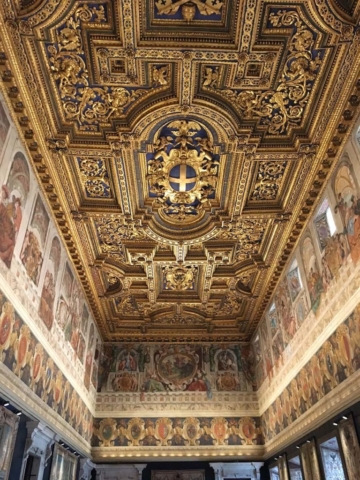



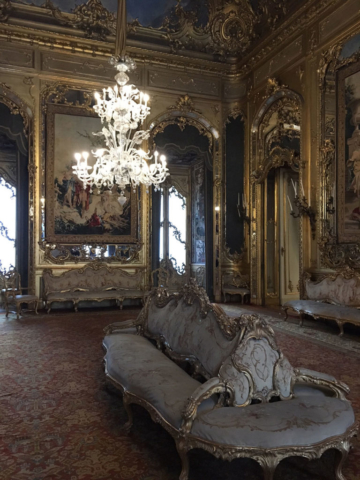
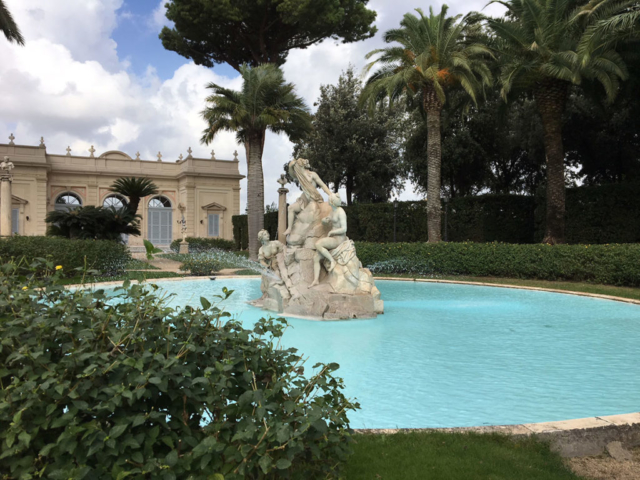
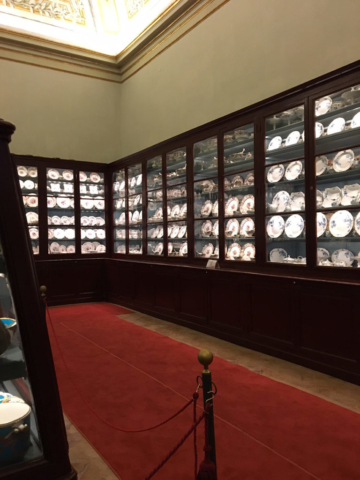
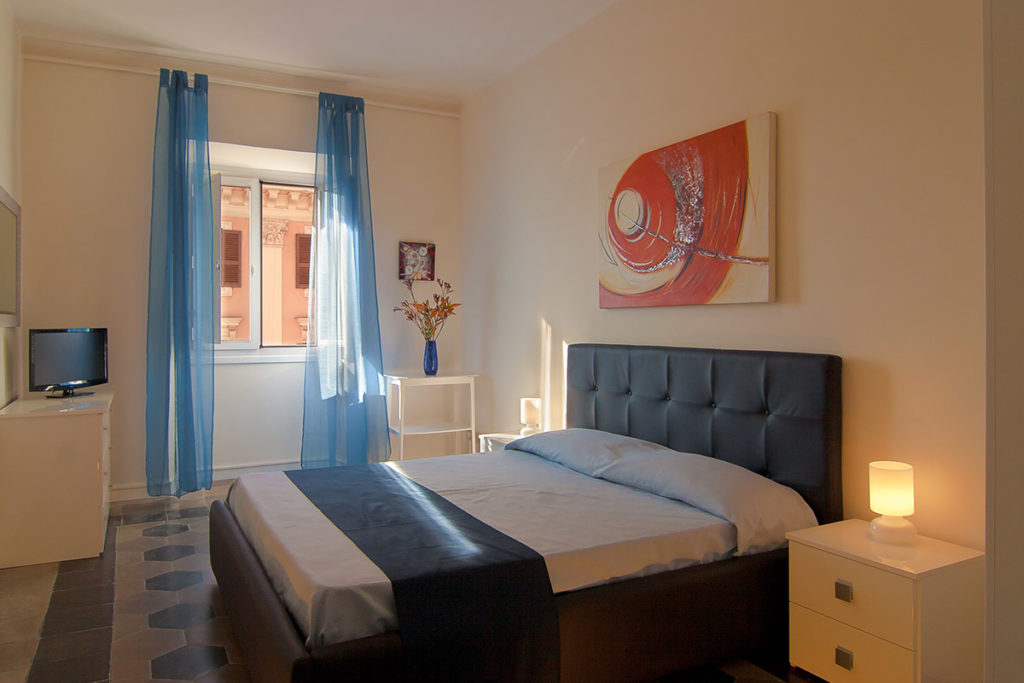






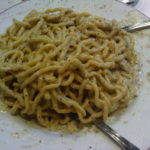

[…] November may be the best month to visit museums as a way to escape any inclement weather or cooler temperatures. Perennial museums like the Vatican Museums and the Capitoline Museums are always a good idea. Or use the excuse of staying inside to visit some of the lesser known museums and sites like Villa Medici, Palazzo Doria Pamphilj, and Quirinal Palace. […]